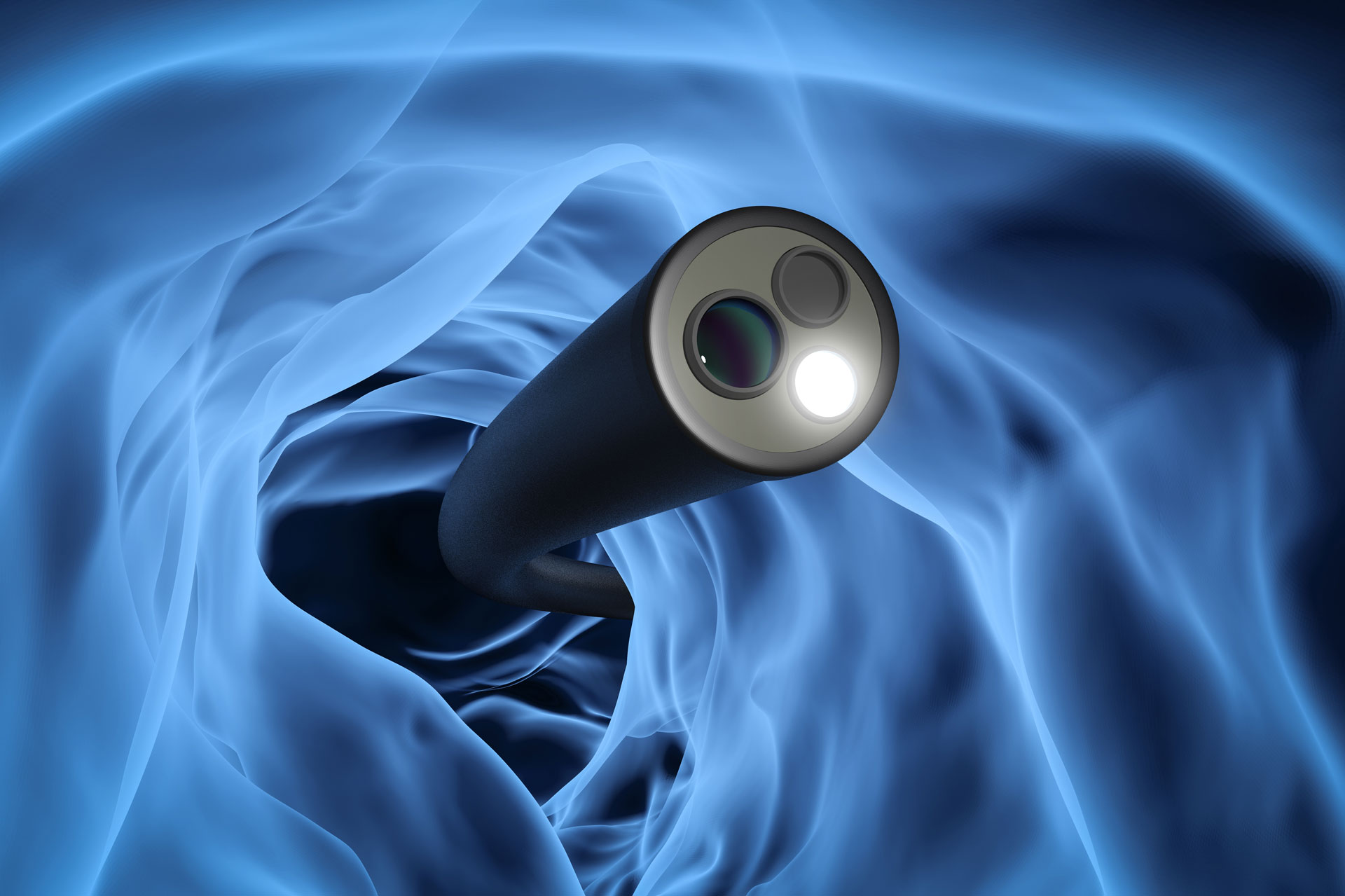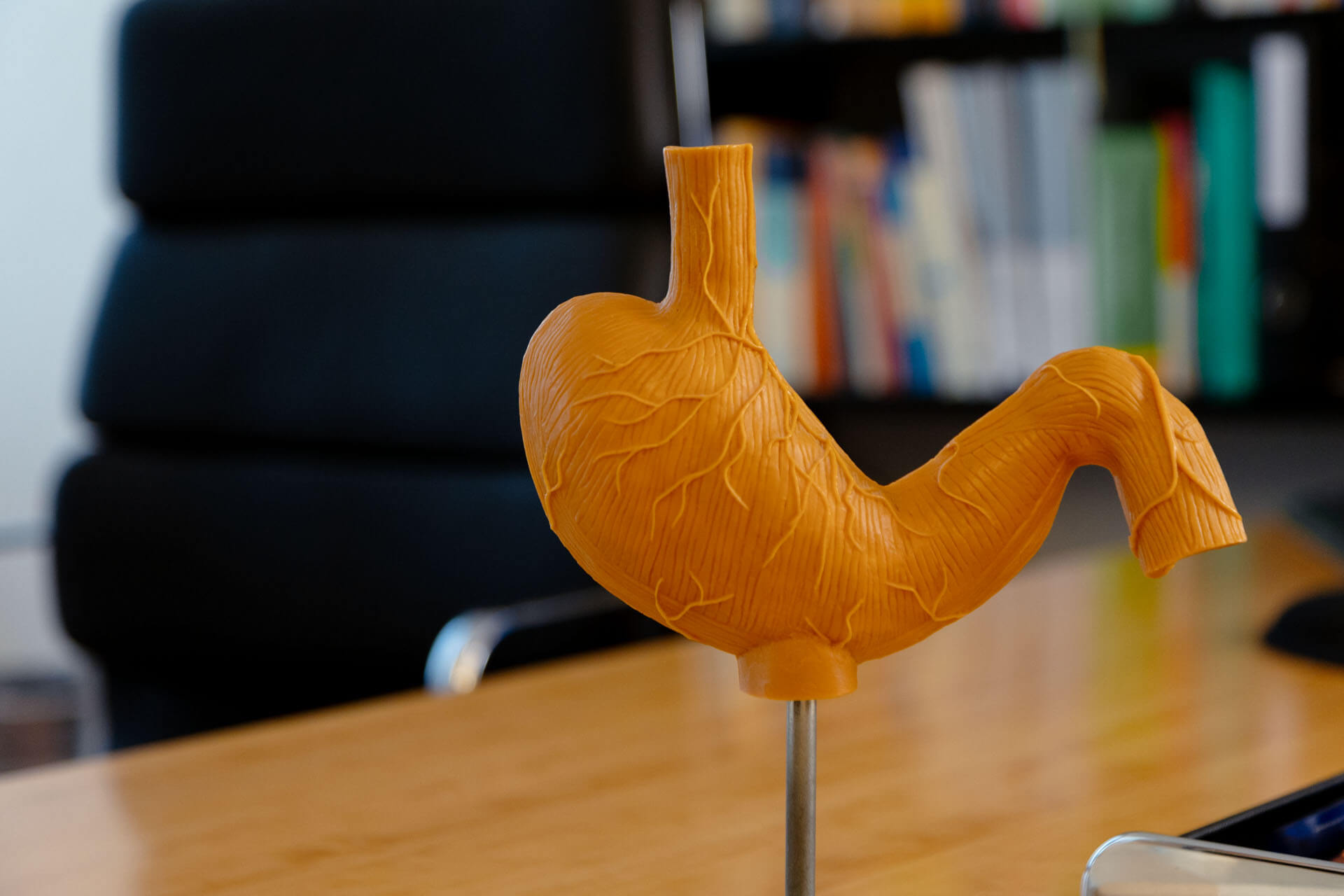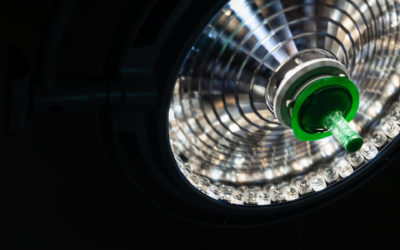Examinations
- If the symptoms persist for more than 2-3 months, a gastroscopy (upper endoscopy) should be performed.
- Other important tests include measuring the acidity and pressure in the esophagus. If “silent reflux” is suspected, a RESTECH test is often useful. This is a measurement of acid exposure in the area of the oropharynx. The test is performed with a thin electrical sensor that is inserted into the esophagus through the nose under local anesthesia. Recently, acidity in the lower part of the oesophagus can also be measured using a special capsule (BRAVO TM). The results are transferred to an electronic data carrier and then analyzed. With these tests, all relevant findings can be quantified and objectified: esophagitis, hiatal hernia, acid load, motility and strength of the esophageal muscles. The latter is important to determine how quickly and how strongly the esophageal muscles move stomach contents and acid back into the stomach (known as esophageal clearance).
All of these tests are important for the successful surgical treatment of reflux disease. Additional tests may be needed in special situations.

Gastroscope




